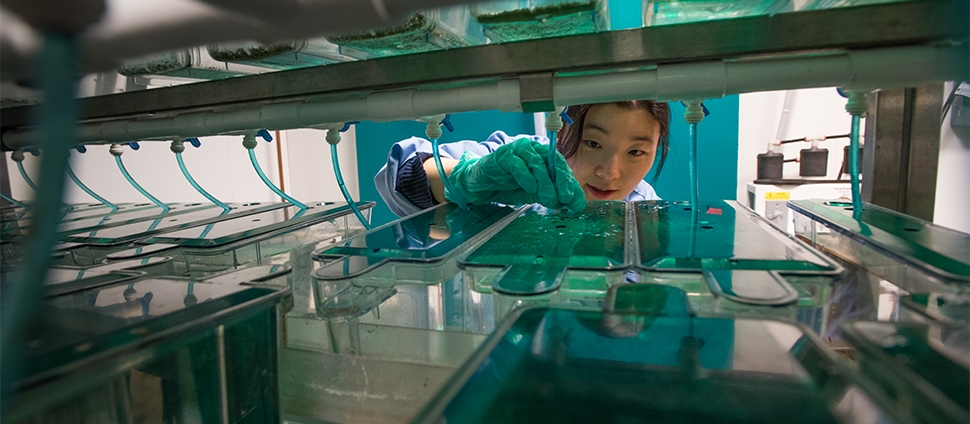Old Genes in New Places: A Taxon-Rich Analysis of Interdomain Lateral Gene Transfer Events
Archived as published.
Abstract
Vertical inheritance is foundational to Darwinian evolution, but fails to explain major innovations such as the rapid spread of antibiotic resistance among bacteria and the origin of photosynthesis in eukaryotes. While lateral gene transfer (LGT) is recognized as an evolutionary force in prokaryotes, the role of LGT in eukaryotic evolution is less clear. With the exception of the transfer of genes from organelles to the nucleus, a process termed endosymbiotic gene transfer (EGT), the extent of interdomain transfer from prokaryotes to eukaryotes is highly debated. A common critique of studies of interdomain LGT is the reliance on the topology of single-gene trees that attempt to estimate more than one billion years of evolution. We take a more conservative approach by identifying cases in which a single clade of eukaryotes is found in an otherwise prokaryotic gene tree (i.e. exclusive presence). Starting with a taxon-rich dataset of over 13,600 gene families and passing data through several rounds of curation, we identify and categorize the function of 306 interdomain LGT events into diverse eukaryotes, including 189 putative EGTs, 52 LGTs into Opisthokonta (i.e. animals, fungi and their microbial relatives), and 42 LGTs nearly exclusive to anaerobic eukaryotes. To assess differential gene loss as an explanation for exclusive presence, we compare branch lengths within each LGT tree to a set of vertically-inherited genes subsampled to mimic gene loss (i.e. with the same taxonomic sampling) and consistently find shorter relative distance between eukaryotes and prokaryotes in LGT trees, a pattern inconsistent with gene loss. Our methods provide a framework for future studies of interdomain LGT and move the field closer to an understanding of how best to model the evolutionary history of eukaryotes.


